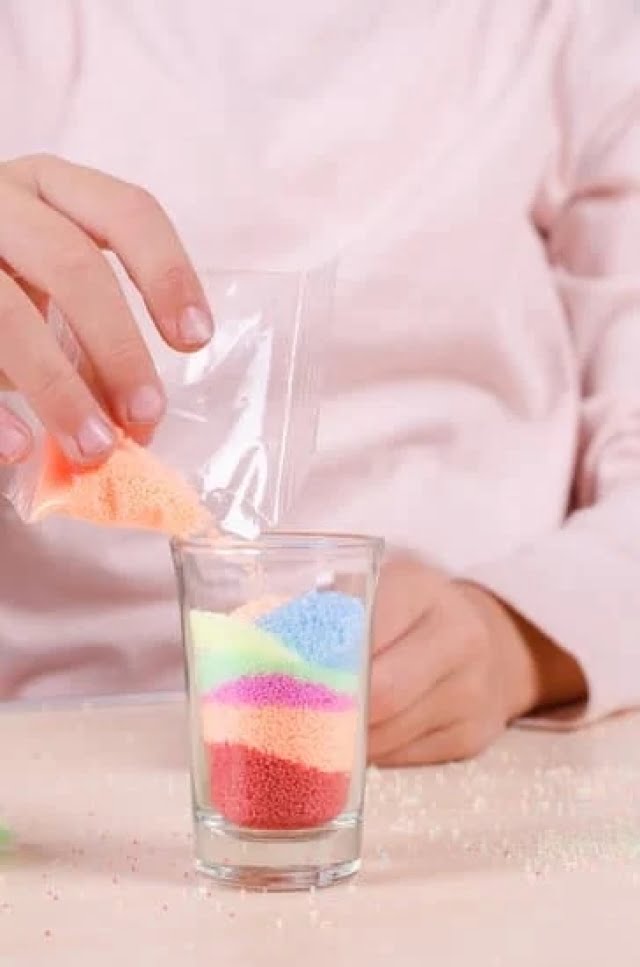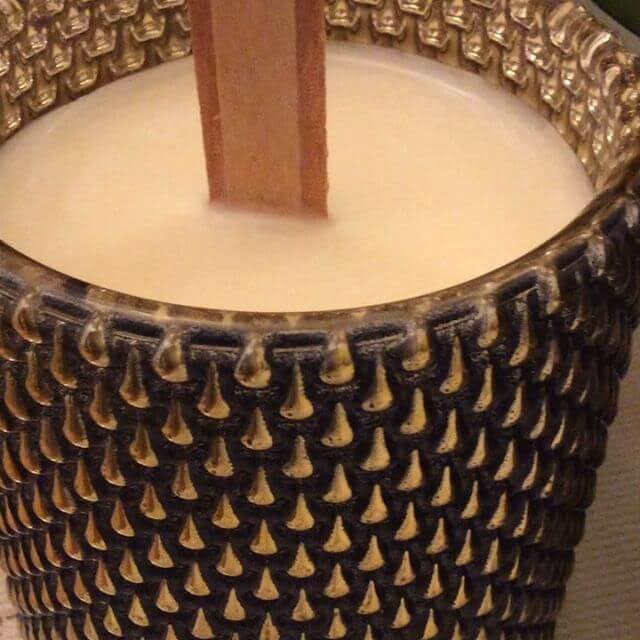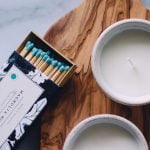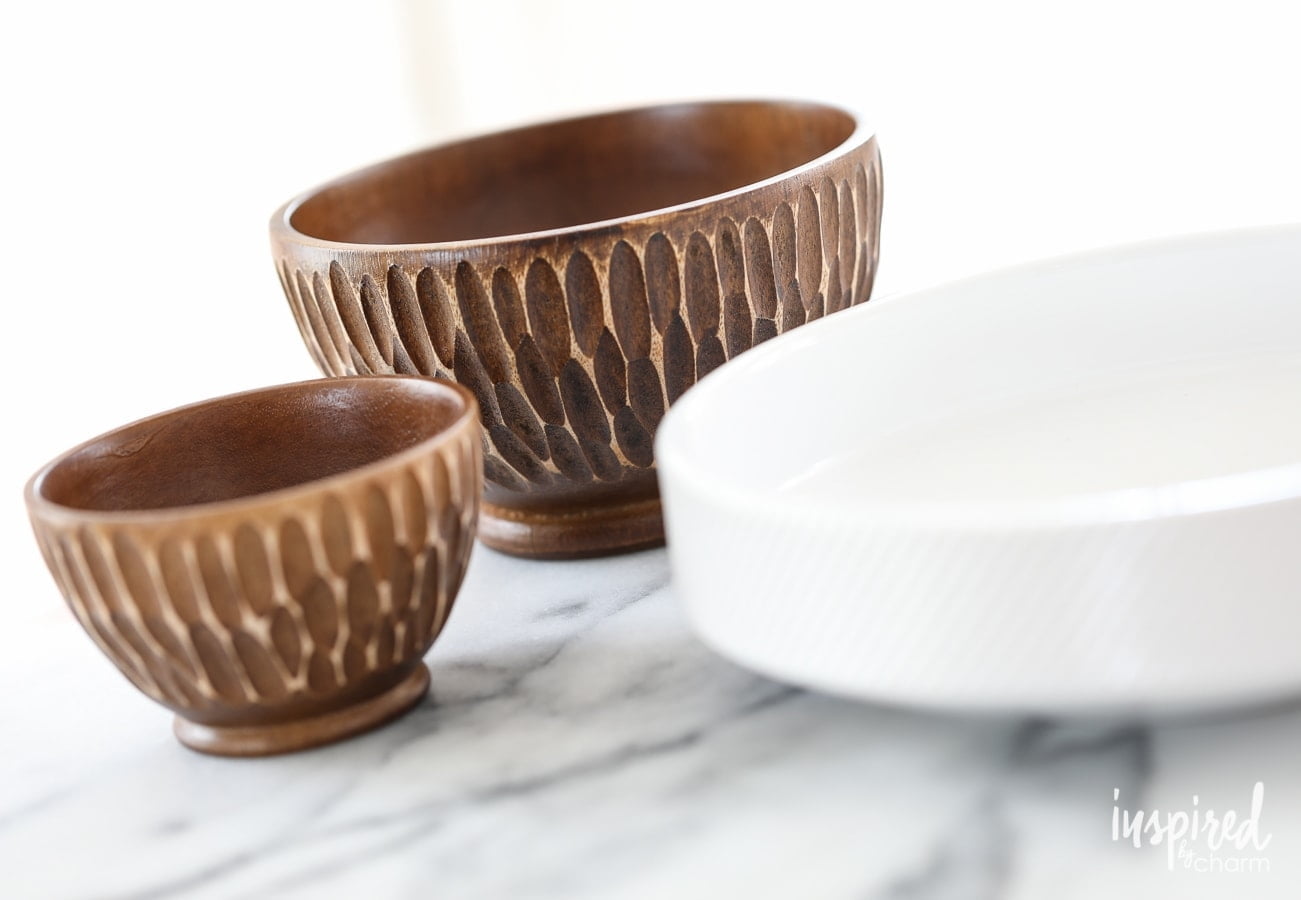Introduction
Making paraffin taper candles is an enjoyable and meaningful craft that can be enjoyed by all. The materials needed to get started include: paraffin wax, wicking, candlemaking thermometer, mold sealer, double boiler or melting pot, stick or glue dots. Before you begin making your candles, it is important to have all of these supplies ready so that the process goes smoothly.
The first step in making paraffin taper candles is prepping the wax for pouring. This involves heating the wax until it reaches its optimal pouring temperature — usually between 145-160°F (62.7-71°C). To do this, melt the paraffin in a double boiler or melting pot and measure its temperature using a specific candlemaking thermometer. Make sure that you keep the heat below 200°F (93°C) because at higher temperatures it can become flammable.
The next step is preparing the wicking by treating it with mold sealer or stearic acid to better stabilize it in the hot wax when pouring. Cut the wicking into desired lengths and wrap one end around a stick or sticky dot depending on how long your candles will be. To secure it at the bottom of each mold while pouring set a drop of melted wax on one corner of the mold; then place your prepared wick onto this dab of glued wax and press firmly with your finger until secured.
After everything has been prepped you are finally ready to pour your paraffin candles! Slowly pour melted wax into each mold where you previously secured your wicks making sure not to pour over twice as doing so can cause bubbling and uneven burning when lit. Use a wooden skewer to adjust any stubborn pieces which may have curled as well as center any floating errant pieces from time-to-time during cooling time removing them before they harden completely if desired. Lastly hold lightly at both ends with an even pressure apply slight back-and-forth motions to help release any air bubbles while allowing more paraffin to settle into corners within each candle securely containing wicks if applicable which may come loose during this winding process.. After 20 minutes check if each candle has hardened completely before removing them from their molds for decorating or gifting!
Learning the Basics
Paraffin taper candles are a popular form of home decor and gift giving. It is simple to make your own paraffin taper candles and the process doesn’t require any specialized materials or tools. To make paraffin taper candles, you will need access to a double boiler, some paraffin wax, candle dye, scent, wicks, and moulds for your candles.
Before beginning the candle-making process, it is essential to understand why certain materials are used. Paraffin wax is an ideal material because it melts at low temperatures and it holds colour and scent well. Candle dye can be added in order to create a desired colour for your candles. Similarly, scent may be added if desired in order to create aromatic candles that can also be used for aromatherapy purposes. Wicks are typically made from braided cotton as they burn steadily and allow for easier adjustment of the flame height than other types of material. Lastly, moulds come in various shapes and sizes which are used to create different shapes of candles such as stars or hearts or traditional cylinder-shaped tapers.
Tools and Supplies
Paraffin wax is the most commonly used material to make paraffin taper candles. It works well because it is a low temperature melting point wax. The other choice is beeswax, which has a higher melting temperature and produces smoke when in use. Paraffin wax usually comes in slab form, but there are also pre-packaged blocks available in retail stores.
In addition to the paraffin wax, one will need dipping tins, wicking material, dyes, molds or taper sticks, fragrances and containers for storing any extra melted wax (aka “remelt”). Dipping tins are metal trays that have extended handles so it can easily be inserted into a pot of melted wax and taken back out without getting burned. The dipping tin should be large enough to allow for deep dipping of the tapers up to the desired length and circumference.
The wicking material is the fiber strand at the core of a candlewick that supplies fuel to the burn source. It should be made of cotton or another type of natural fiber and must be conditioned with oil before it can be dipped into the melted wax multiple times. This will result in an even wick on each candle after dipping.
One can choose whether or not to use coloring dyes to create a more customized aesthetic in their candles. These dyes come in liquid and powdered formulas that are added directly into the melted paraffin or dyed onto individual candles using alcohol-based dye markers or airbrushing techniques; depending on what look you want to achieve once your candles are finished drying! Molds and/or taper sticks allow one to give shape and dimension while they assemble their candles before they set solidifying their design when cooled off outside of the melted wax bath.
Fragrances give each candle its unique scent and can be added either during heating process as an oil/powder additive or froma separate remelt container which holds fragrance pellets dissolved and suspended within heated liquid wax until poured onto completed candles for diffusion upon burning them later on down line once packaged for sale! Lastly a dedicated container(s) should also be kept nearby for remelting spilt/wasted paraffin so that it can eventually get re-purposed into new batches by being mixed freshly with additional supplies!
Crafting the Tapers
Step 1: Gather all of the necessary items to make your candle, including paraffin wax, wick and double boiler.
Step 2: Cut the paraffin into chunks and place them into the double boiler on medium heat until it melts completely. Then, add dye/scent/glitter to enhance the candles.
Step 3: Tie one end of the wick around a pen and place that pen over the top of your heat-proof container to anchor it in place.
Step 4: Slowly pour the melted wax into the mold while maintaining an even distance from the wick. Allow enough room for the candle to “cure” or cool off before you start making another one.
Step 5: Wait 10-15 minutes so that it can solidify, then trim off any trails of wax that might have overflowed when pouring.
Step 6: Slide out of the molds then shape gently as needed and voila! You have now completed paraffin taper candles! To ensure a long burn time, always allow plenty of time for cooling between each use of your wick and take caution when moving lit candles.
Troubleshooting Tips
One of the common issues faced when crafting paraffin taper candles is wicking. Low-quality wicks tend to burn out of control, form charred ends, or become too smokey. To ensure that the burning process does not lead to any of these issues, it is important to find a high quality wick for optimal performance and safety. Choose a type suitable for the size and shape of your candle and make sure it is properly secured in the base before lighting.
Another common issue when making paraffin taper candles is tunneling. This is when melted wax accumulates on one side while leaving an unmelted core down the center of the candle. To defeat this, it’s best to pull up the excess wax on one side of the unmelted core with a skewer or pencil when pouring or during later steps in candle making and mask imperfections without having to remove part of any existing wax.
It can also be challenging to achieve an even color throughout your finished product. Color inconsistencies occur because different batches may have been used at various points during candle crafting or there may have been differences in hot or cold spots during burning due to air flow changes within a room. To avoid this issue, use whatever techniques are available; for example, melting two similar waxes together before pouring instead of just one batch into your mold or evenly blending from several containers as you pour each layer. Additionally, check periodically that your candles are not burning faster at a certain spot (which could cause dark patches) by rotating them from time to time and adjust temperature levels as needed until desired results are achieved.
Creative Decorations
Paraffin taper candles provide a beautiful and subtle way to light up any room or outdoor space. Making your own paraffin taper candles is an inexpensive and rewarding craft. To make the most of this art, you can use creative ways to decorate your candles. Here are some options for making your paraffin taper candles stand out:
• Glitter: Have fun adding glitter to different sections of the candle in one or more colors. You could even draw dazzling shapes around the edges of the candle with glittered glue or fabric paint for extra flair.
• Color Tinting: Use wax dyes to add a unique hue to your paraffin tapers. Wax dyes made specifically for paraffin become liquid when heated and allow you to tint the top portion of each candle with a variety of colors, shades, and combinations that match any décor.
• Marbling: For an elegant touch, blend two complementary colors together by combining pieces of melted colored wax into glass jars filled with melted white wax and then swirling them together until blended. Pour this mixture over the top of each taper, swirl it around using a skewer so it wraps evenly around the sides, and refrigerate it until solid.
• Drawing/Painting on Paraffin Tapers: You can personalize your tapers by painting or drawing directly onto their surfaces using permanent markers, fabric dye, paintbrush markers (like Paintstik), chalks, and even silver leaf sheets!
Making creative decorations for your home’s paraffin taper candles adds charm and personality in a unique way—the possibilities are endless! With such simple techniques you can create amazing decorations for any room or outdoor space for many occasions all year long!
Lighting and Maintenance
When lighting your paraffin taper candles, it’s important to use an appropriate-sized candle lighter or match. If the flame is too large, it can create an unsafe situation as well as leave soot deposits on the candle. Additionally, keep a fire extinguisher nearby if needed when burning tapers especially if this is done indoors.
Always monitor your paraffin taper candles while lit and never allow them to burn unattended or unsupervised. They may require handling during their burning time if they lean or drip excessively. To avoid dripping wax, keep these kind of candles away from fans, air vents and other sources of drafts. As the wax melts, periodically move the wick to ensure even and adequate flames for up to 4 hours with each lighting. A level wick also helps minimize dripping and smoking of the taper. Choose holders that will hopefully catch any wax drips coming from the sides of the candle downwards onto its surface in order to avoid creating messes afterwards. Lastly, always be sure that current pins are deep enough into the holder in order for reliable standing without risk of tipping over during its use time due to accidental bumps nearby or gusts from others passing by in the same room space around it. Once extinguished properly never light a used taper again but rather discard it responsibly performing proper cleaning following positive suggestions available online for its last users like you who once appreciated it’s beauty just like its very first day of useful existence.
Conclusion
Making paraffin taper candles is a great experience and has been a popular pastime for centuries. Making your own unique designs can be very satisfying, and even turning them into gifts can be a joyous experience. Once you have mastered the basic craft steps involved in making paraffin taper candles, you will have the freedom to experiment with different waxes and colors, wick sizes, additives, and fragrances. In addition to giving your paraffin taper candles an attractive appearance, these choices can affect burning time, flickering properties, and scented afterglow. Crafting beautiful paraffin taper candles for decoration or for delicious aroma enjoyment will bring you much satisfaction for many years to come!

Welcome to my candle making blog! In this blog, I will be sharing my tips and tricks for making candles. I will also be sharing some of my favorite recipes.





